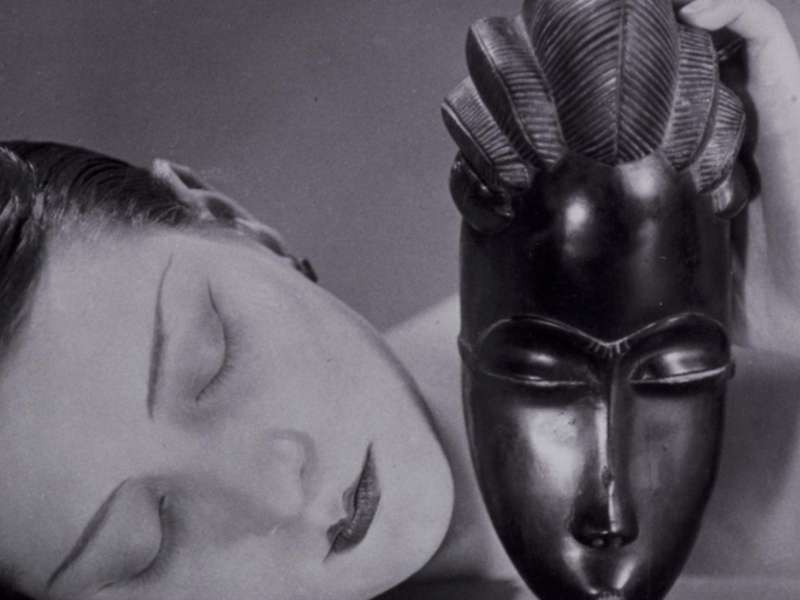
Man Ray, the Restless Pioneer
A major retrospective dedicated to Man Ray. Thanks to an important core of original materials (vintage prints, negatives, collages, documents) and through a thematic path (self-portraits, muses, nudes, rayographs and solarizations, fashion), this exhibition proposes the rediscovery of a unique artist and a brilliant pioneer.
阅读更多